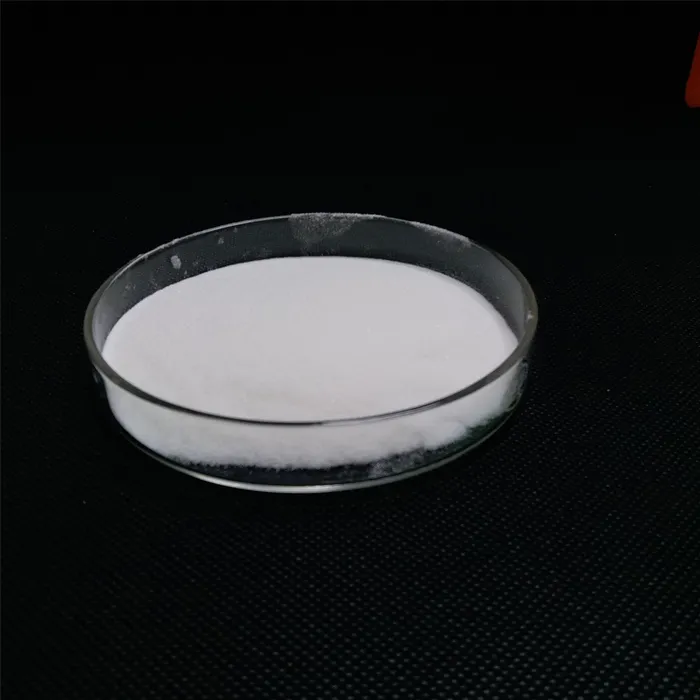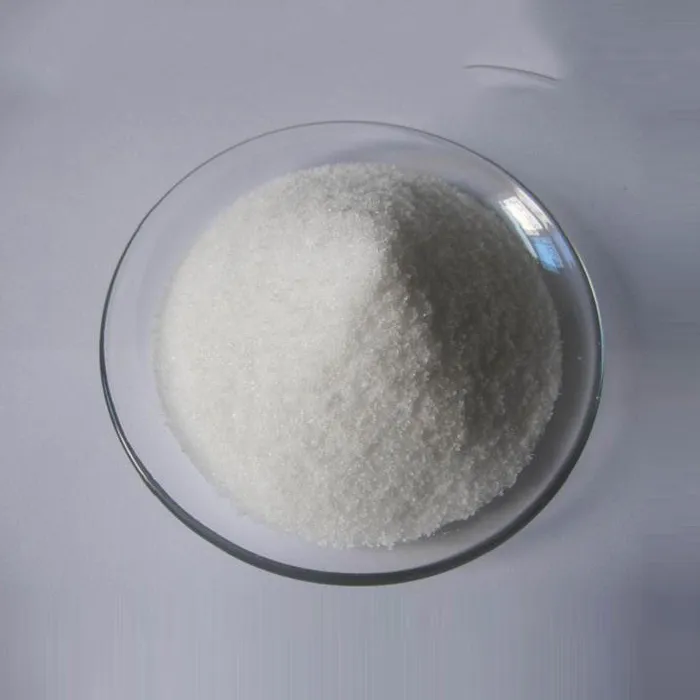

Nutrient removal is another essential aspect of wastewater treatment addressed by chemical means. Phosphorus, for instance, can lead to eutrophication in water bodies if discharged at high levels. Chemically, this is managed by precipitation and removal through the use of iron or aluminum-based compounds, which bind the phosphorus into insoluble forms ideal for sedimentation. Activated carbon also plays a critical role in the removal of organic contaminants and odors. Its high surface area and porous nature make it an effective medium for adsorption, capturing volatile organic compounds and other odorous substances that might not be removed in earlier treatment stages. This not only enhances water quality but also minimizes the ecological footprint of the treated wastewater. Oil and grease removal is another pivotal step often enhanced by chemical treatment. Surfactants can be employed to break down and solubilize these hydrophobic substances, making them easier to coalesce and separate from the water through flotation or other mechanical means. For experts and stakeholders in environmental management and wastewater operations, the chemical processes and agents used in STPs are areas of both innovation and regulation. Regulatory compliance, environmental impact, and cost-effectiveness are constant considerations that drive both the selection and development of new chemical treatments. Wastewater treatment chemicals are not just substances—they are the key to maintaining ecological balance and public health. Whether by enhancing mechanical processes, improving water quality, or ensuring regulatory compliance, these chemicals represent the forefront of modern environmental protection and innovation. Understanding their function, application, and benefits is crucial for advancing sustainable water management practices around the world.
Next:

